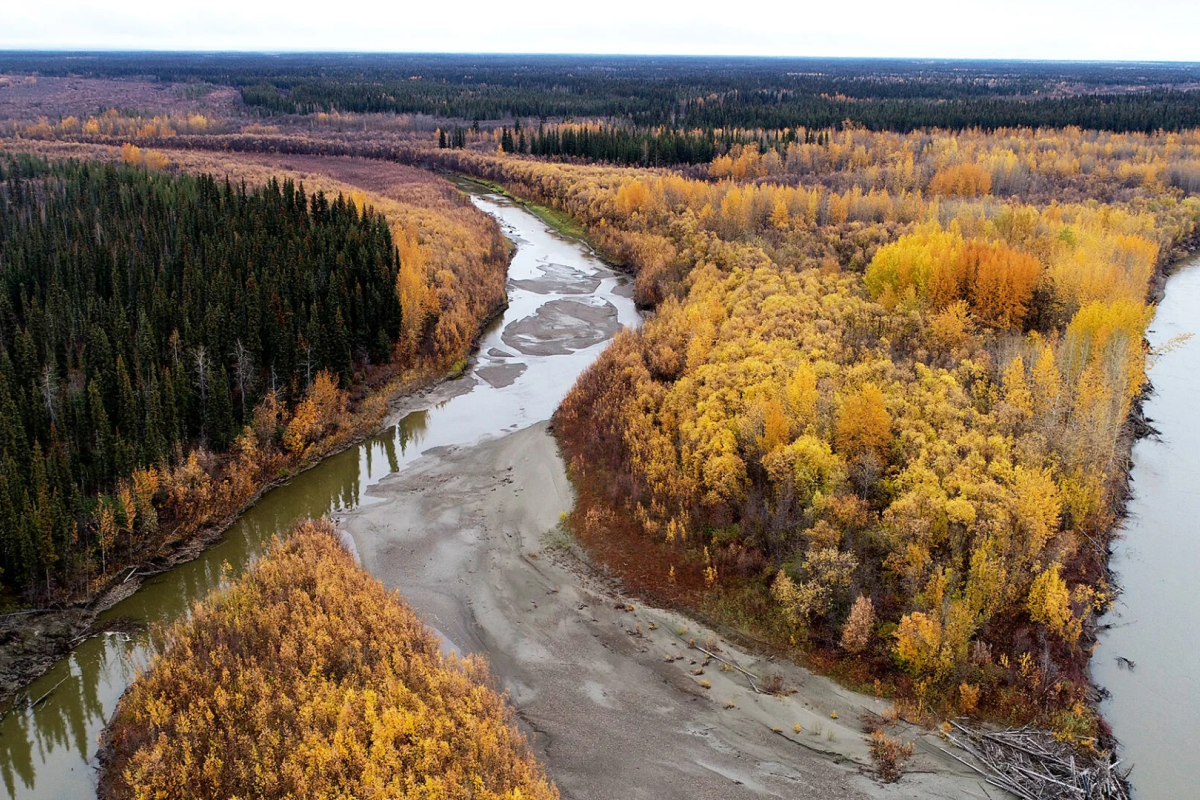The Yukon River flows west across Alaska toward the Bering Sea, eroding Arctic permafrost along its banks and transporting sediment downstream. Within that sediment lurks a toxic stowaway: mercury.
As the Arctic warms with climate change, heating up to four times faster than the global average, mercury sequestered in the permafrost for millennia is being eroded by rivers and released into the environment.
In a study published today, researchers at the USC Dornsife College of Letters, Arts and Sciences introduce a more accurate method to measure the amount of mercury released from permafrost by the river and estimate the total mercury awaiting release.
The toxic metal poses an environmental and health threat to the 5 million people living in the Arctic zone, more than 3 million of whom live in areas where permafrost is expected to vanish altogether by 2050.
“There could be this giant mercury bomb in the Arctic waiting to explode,” says study co-author Josh West, professor of Earth sciences and environmental studies at USC Dornsife. Mercury moves from air to ground to water
The planet’s natural atmospheric circulation tends to move pollutants toward high latitudes, which results in mercury accumulation in the Arctic, explains West. “Because of the way it behaves chemically, a lot of mercury pollution ends up in the Arctic. Permafrost has accumulated so much mercury that it could dwarf the amount in the oceans, soils, atmosphere and biosphere combined,” he said.
In the Arctic, plants absorb mercury, then die and become part of the soil, which eventually freezes into permafrost. Over thousands of years, mercury concentrations build up in the frozen soil until it thaws, an increasingly common occurrence due to climate change.
The research team, which includes collaborators from Caltech, the Yukon River Inter-Tribal Watershed Council, MIT, and Delft University of Technology in Netherlands, focused their study around two northern villages in Alaska’s Yukon River Basin: Beaver, located about 100 miles north of Fairbanks; and Huslia, 250 miles west of Beaver.
